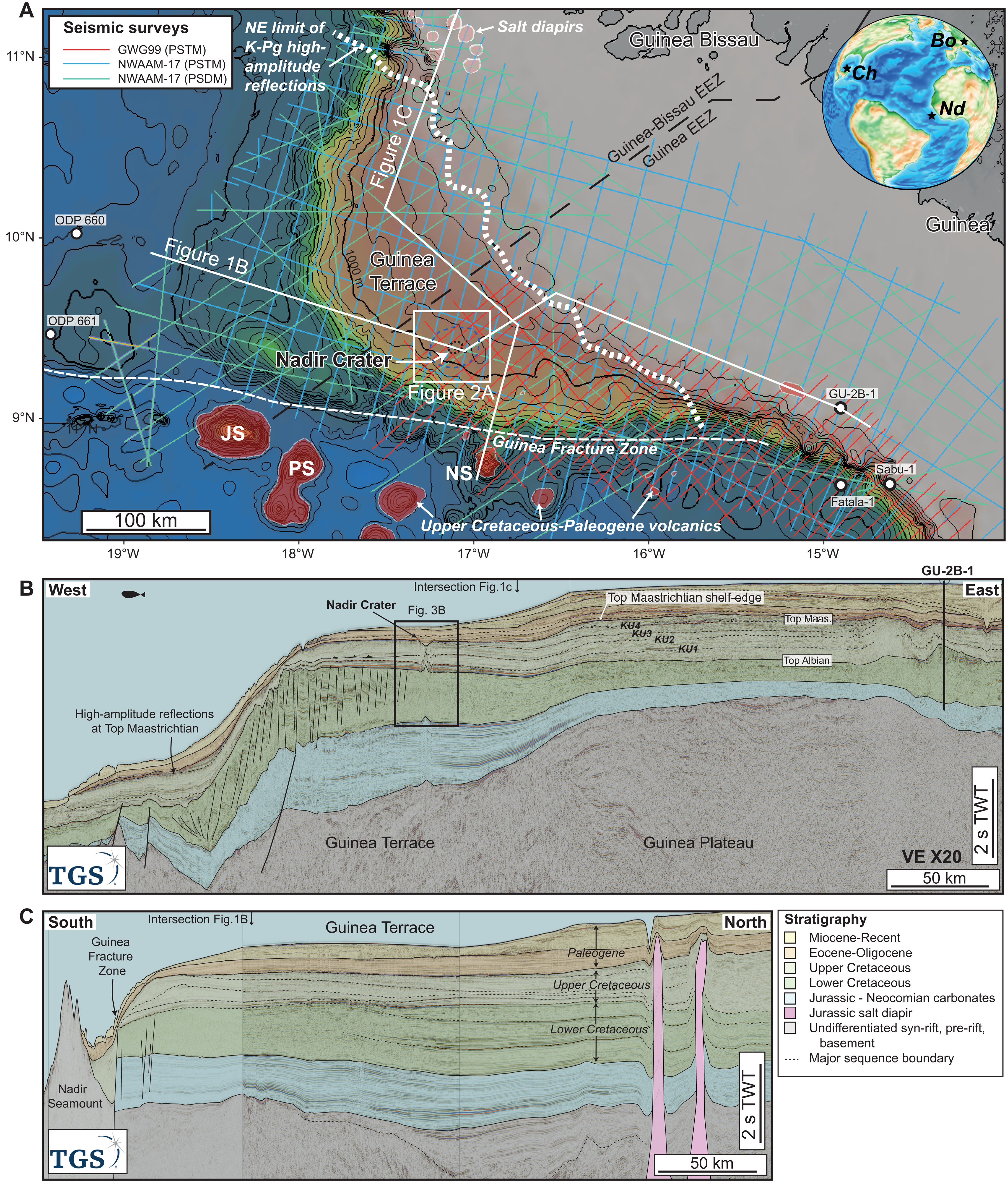Winemaker Gustav Heineman discovered the largest geode, filled with celestine crystals and measuring over 10 meters across, on South Bass Island, Ohio, in 1897. The geode formed during the Silurian period, around 430 million years ago, when glaciers melted at the end of the last ice age. Lake Erie water seeped into anhydrite pockets, dissolving them and creating caves.
Related Posts
Study Reveals Ancient Roman Brain Preserved in Glass After Mount Vesuvius Eruption
At a Glance A new study has revealed an extraordinary discovery: the brain of a man who died…
March 25, 2025
Carbon capture and storage: how to remove all CO₂ emissions everywhere all at once
Benjamin Clapp/Shutterstock José Luis Rodríguez Gallego, Universidad de Oviedo It is increasingly likely that we will not reach…
March 6, 2025
Astronomers Confirm the Existence of Earth’s “Quasi-Moon”
Astronomers have identified Earth’s new ancient celestial companion, asteroid 2023 FW13. This asteroid orbits the sun synchronously with…
June 20, 2023
Scientists Uncover Ancient Asteroid Impact Crater Beneath Atlantic Ocean
At a Glance Researchers from Heriot-Watt University have made significant strides in understanding a hidden asteroid impact crater…
October 17, 2024











